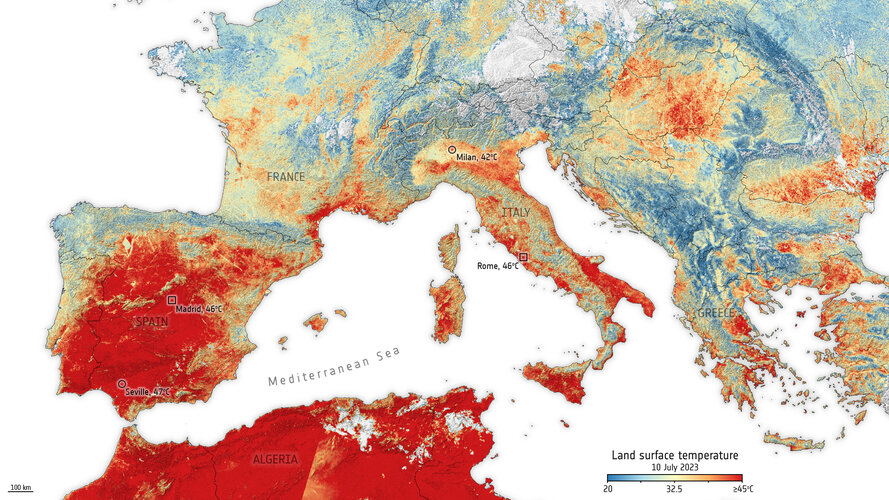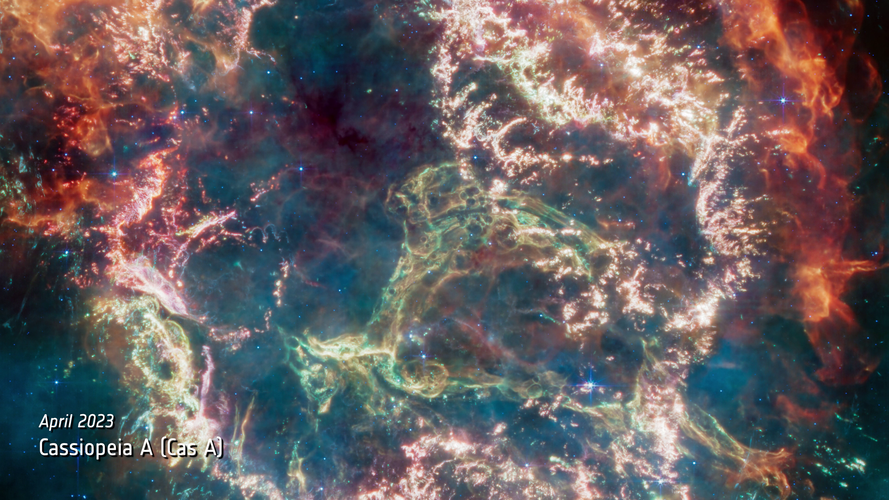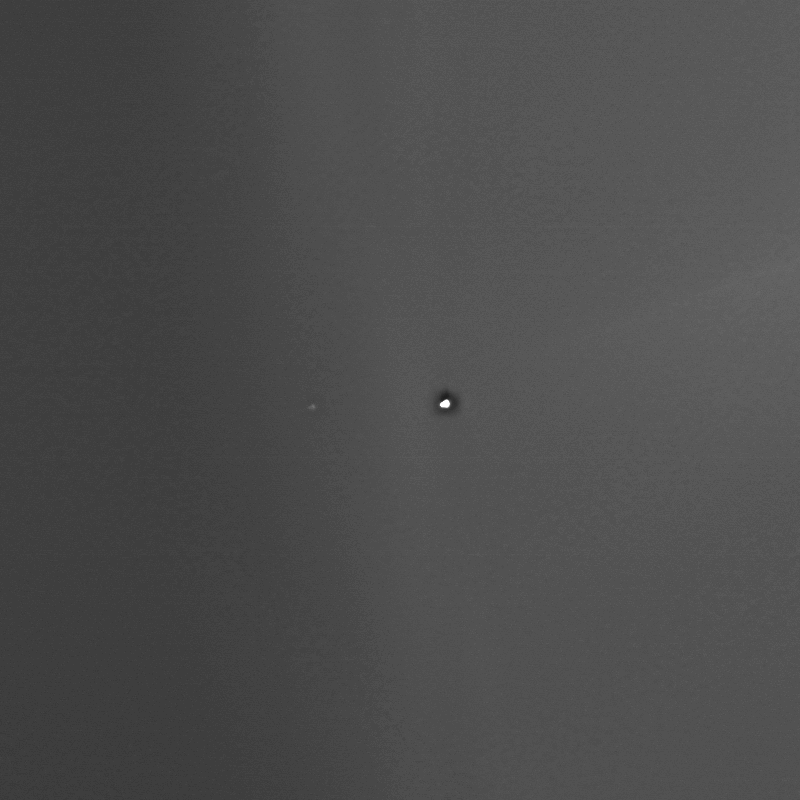Musk launches xAI to rival OpenAI, Google
Thursday, 13 July 2023 06:12 Elon Musk on Wednesday launched his own artificial intelligence company, xAI, as he seeks to compete with OpenAI, the creator of ChatGPT - a program he accuses of being politically biased and irresponsible.
The xAI website said the Tesla tycoon would run the company separately from his other companies but that the technology developed would benefit those businesses, including Twitter.
Elon Musk on Wednesday launched his own artificial intelligence company, xAI, as he seeks to compete with OpenAI, the creator of ChatGPT - a program he accuses of being politically biased and irresponsible.
The xAI website said the Tesla tycoon would run the company separately from his other companies but that the technology developed would benefit those businesses, including Twitter. Europe braces for sweltering July
Thursday, 13 July 2023 05:45
Temperatures are sizzling across Europe this week amid an intense and prolonged period of heat. And it’s only just begun. Italy, Spain, France, Germany and Poland are all facing a major heatwave with temperatures expected to climb to 48°C on the islands of Sicily and Sardinia – potentially the hottest temperatures ever recorded in Europe.
India shoots for the moon with latest rocket launch
Wednesday, 12 July 2023 10:33 India on Friday launches its latest attempt at an unmanned moon landing, the next frontier of a burgeoning, cut-price aerospace programme rapidly closing in on the milestones set by global superpowers.
If successful, the mission would make the world's most populous nation only the fourth country after Russia, the United States and China to achieve a controlled landing on the lunar surface.
India on Friday launches its latest attempt at an unmanned moon landing, the next frontier of a burgeoning, cut-price aerospace programme rapidly closing in on the milestones set by global superpowers.
If successful, the mission would make the world's most populous nation only the fourth country after Russia, the United States and China to achieve a controlled landing on the lunar surface. China launches new satellite to test satellite internet technologies
Wednesday, 12 July 2023 10:33 China on Sunday sent a new test satellite into space from the Jiuquan Satellite Launch Center in northwest China.
The satellite was launched by a Long March-2C carrier rocket at 7:00 p.m. (Beijing Time) and entered the planned orbit.
It will carry out test missions for satellite internet technologies.
The launch was the 478th flight mission of the Long March carrier rocket seri
China on Sunday sent a new test satellite into space from the Jiuquan Satellite Launch Center in northwest China.
The satellite was launched by a Long March-2C carrier rocket at 7:00 p.m. (Beijing Time) and entered the planned orbit.
It will carry out test missions for satellite internet technologies.
The launch was the 478th flight mission of the Long March carrier rocket seri ESO's Extremely Large Telescope is now half completed
Wednesday, 12 July 2023 10:33 The European Southern Observatory's Extremely Large Telescope (ESO's ELT) is a revolutionary ground-based telescope that will have a 39-metre main mirror and will be the largest telescope in the world for visible and infrared light: the world's biggest eye on the sky. Construction of this technically complex project is advancing at a good pace, with the ELT now surpassing the 50% complete milest
The European Southern Observatory's Extremely Large Telescope (ESO's ELT) is a revolutionary ground-based telescope that will have a 39-metre main mirror and will be the largest telescope in the world for visible and infrared light: the world's biggest eye on the sky. Construction of this technically complex project is advancing at a good pace, with the ELT now surpassing the 50% complete milest Second Israeli lunar lander faces funding uncertainty
Wednesday, 12 July 2023 09:11
As India prepares to launch its second lunar lander mission, the fate of a second Israeli lander is in doubt after the organization developing it lost a major source of funding.
Webb celebrates first year of science with close-up on the birth of Sun-like stars
Wednesday, 12 July 2023 09:00
From our cosmic backyard in the Solar System to distant galaxies near the dawn of time, the NASA/ESA/CSA James Webb Space Telescope has delivered on its promise of revealing the Universe like never before in its first year of science operations. To celebrate the completion of a successful first year, a new Webb image has been released of a small star-forming region in the Rho Ophiuchi cloud complex. While the region is relatively quiet, its proximity at 390 light-years makes for a highly detailed close-up, with no foreground stars in the intervening space.
Webb’s first year in images
Wednesday, 12 July 2023 09:00 Video:
00:03:03
Video:
00:03:03
Webb is celebrating the completion of its first year of science operations. Let’s look back on the observatory’s first year in images!
China’s Landspace reaches orbit with methane-powered Zhuque-2 rocket
Wednesday, 12 July 2023 06:24
Chinese private rocket firm Landspace achieved a global first late Tuesday by reaching orbit with a methane-fueled rocket.
NASA's Starling Mission Sending Swarm of Satellites into Orbit
Wednesday, 12 July 2023 02:16 This July, NASA is sending a team of four six-unit (6U)-sized CubeSats into orbit around Earth to see if they're able to cooperate on their own, without real-time updates from mission control. While that kind of autonomous cooperation may not sound too difficult for humans, this team will be robotic - composed of small satellites to test out key technologies for the future of deep space missions
This July, NASA is sending a team of four six-unit (6U)-sized CubeSats into orbit around Earth to see if they're able to cooperate on their own, without real-time updates from mission control. While that kind of autonomous cooperation may not sound too difficult for humans, this team will be robotic - composed of small satellites to test out key technologies for the future of deep space missions High-Velocity Impacts Explored in Experimental Study
Wednesday, 12 July 2023 02:16 Scientists from Johns Hopkins University have conducted a groundbreaking experimental study to unravel the mysteries behind impact flashes generated by high-velocity impacts. With debris and meteoroids posing a significant threat to satellites, space probes, and hypersonic craft, understanding the nature and characteristics of these impact flashes is crucial for ensuring the safety and durabilit
Scientists from Johns Hopkins University have conducted a groundbreaking experimental study to unravel the mysteries behind impact flashes generated by high-velocity impacts. With debris and meteoroids posing a significant threat to satellites, space probes, and hypersonic craft, understanding the nature and characteristics of these impact flashes is crucial for ensuring the safety and durabilit Hughes Partners with Netskope to Launch Managed SASE Solution for Small to Medium Enterprises
Wednesday, 12 July 2023 02:16 Hughes Network Systems, LLC (HUGHES), in collaboration with Netskope, a leading Security Access Service Edge (SASE) provider, has unveiled a groundbreaking Managed SASE solution for small to medium enterprises (SMEs). This joint effort aims to combine Hughes' expertise in managed services with Netskope's cutting-edge Security Service Edge (SSE) capabilities, offering Hughes customers an innovati
Hughes Network Systems, LLC (HUGHES), in collaboration with Netskope, a leading Security Access Service Edge (SASE) provider, has unveiled a groundbreaking Managed SASE solution for small to medium enterprises (SMEs). This joint effort aims to combine Hughes' expertise in managed services with Netskope's cutting-edge Security Service Edge (SSE) capabilities, offering Hughes customers an innovati Axiom Space Awarded Contract to Pursue Spacesuit Development for International Space Station
Wednesday, 12 July 2023 02:16 Axiom Space, a Houston-based company, has been granted a significant contract by NASA to develop spacesuits for the International Space Station (ISS). The contract, which involves an initial commitment of $5 million and has the potential to reach $142 million over four years, aims to modify Axiom's Artemis III lunar spacesuit design to enhance NASA's spacewalking capabilities on the ISS.
T
Axiom Space, a Houston-based company, has been granted a significant contract by NASA to develop spacesuits for the International Space Station (ISS). The contract, which involves an initial commitment of $5 million and has the potential to reach $142 million over four years, aims to modify Axiom's Artemis III lunar spacesuit design to enhance NASA's spacewalking capabilities on the ISS.
T 


